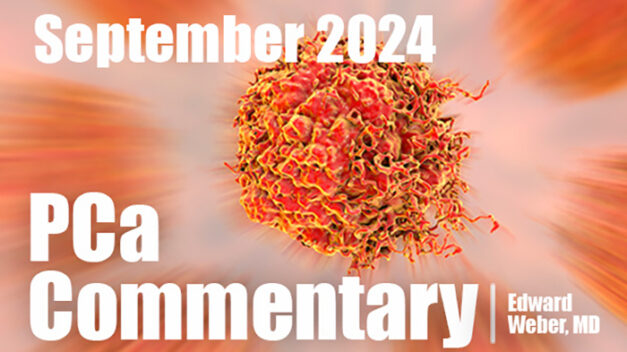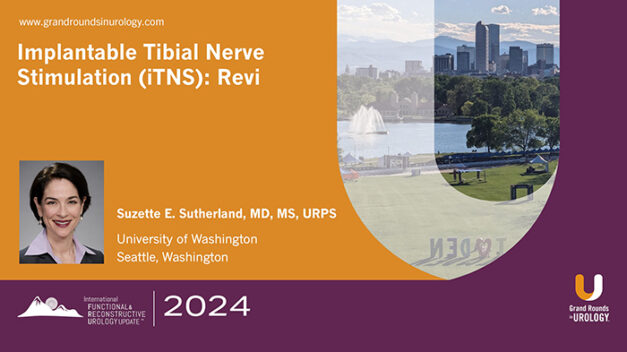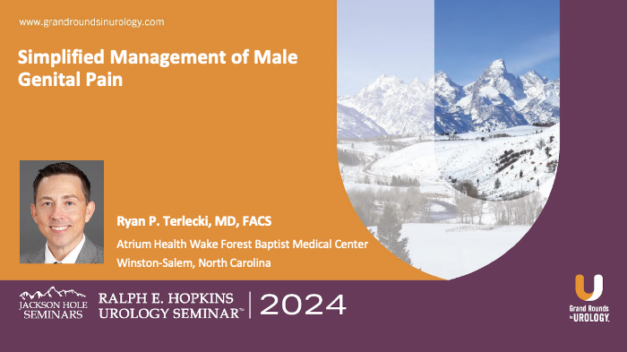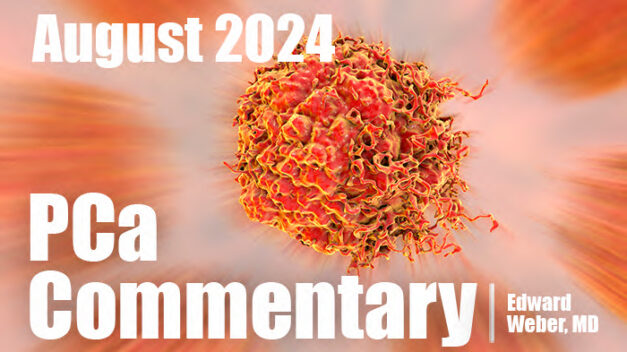The Association Between Testosterone Treatment and Incident of Cardiovascular Events among Testosterone Deficient U.S. Veterans
Thomas J. Walsh, MD, MBA, MS, provides a detailed examination of the relationship between testosterone treatment and the incidence of cardiovascular events among testosterone-deficient U.S. veterans.
In this 19-minute presentation, Dr. Walsh outlines the background of testosterone deficiency, noting ongoing concerns regarding its safety, particularly its potential to increase the risk of heart attacks, strokes, and other heart-related issues.
Drawing on data from a large cohort of U.S. veterans, Dr. Walsh discusses the incidence of cardiovascular events in patients undergoing testosterone therapy compared to those who do not receive such treatment. He discusses the methodology used in the study, including the selection of participants, the duration of follow-up, and the statistical analyses employed to control for confounding variables.
Read More




